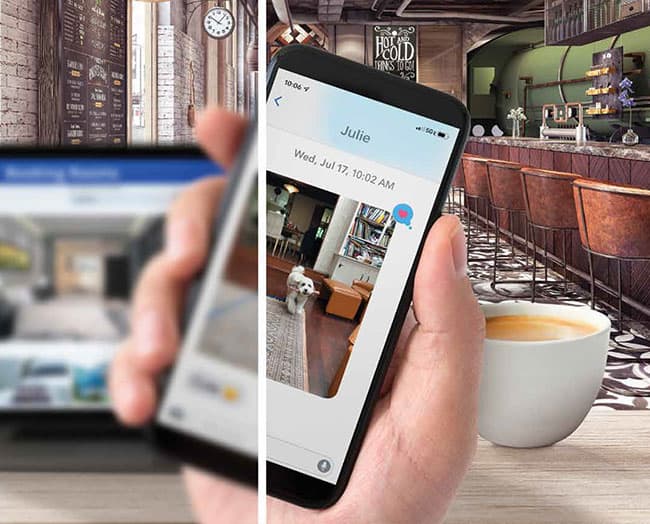Clear/Refractive Lens Exchange in Rochester, NY
Also serving Victor area patients
Near Vision & Reading Vision Loss
Before the age of 40, common refractive errors such as nearsightedness, farsightedness and astigmatism can cause our vision to be distorted due to the irregular shape of the cornea. Over time, the natural lens of our eye loses its flexibility, making it difficult to focus on things up-close. This condition is called presbyopia, a natural aging process of the eye that affects everyone at some point usually after the age of 40. Because of the increasing blurred vision up-close, people over 40 will eventually need reading glasses, bifocals or monovision contact lenses.
Clear/Refractive Lens Exchange
Clear Lens Exchange, also known as Refractive Lens Exchance, can restore distance and near vision to presbyopic patients and significantly reduce or eliminate the need for glasses and contact lenses. Recovery is fast and visual results are excellent.
Clear Lens Exchange (CLE) has grown increasingly popular for patients over the age of 50, and who are experiencing presbyopia or extreme farsightedness. Clear Lens Exchange works by replacing your eye’s natural lens with an advanced intraocular lens (IOL) designed to improve the clarity of your vision and reduce or even eliminate your dependence on glasses. This procedure provides permanent improved vision, and because it removes your natural lens, you will never develop cataracts in the future.
Learn more about the lens options available at Cornerstone.

Lasting Benefits of Clear Lens Exchange
No Stitches & Quick Recovery
Permanent & Never Need Cataract Surgery
Excellent Visual Results & Little to No Dependence on Glasses for Distance and Near Vision
Clear Lens Exchange As an Alternative to LASIK

While MonoVision LASIK exists, those wanting very crisp distance vision and/or a wider range of clear vision, CLE is an ideal alternative. Here are some things to consider when deciding between LASIK or CLE:
- At what distance do you spend most of your visual time?
Far, like driving or watching TV? LASIK may be sufficient for most of your day. - Intermediate, like most computer work? Near, for small print or working on numbers on a computer screen? CLE may be a better option.
Our doctors will help you decide after discussing your lifestyle, age, goals and expectations.
While LASIK is meant to be a permanent correction to the imperfections of the corneas, late in life, cataracts and presbyopia will eventually impair the vision and will need to be treated. For patients nearing or already in their 50’s or 60’s CLE may be a better choice to live life with the freedom from glasses and contacts.
FAQs
No. A cataract is a clouding of the eye’s natural lens. In CLE, that lens is removed, and a new, artificial lens is implanted in its place. Since the lens has been removed, you will never experience the cloudiness that a cataract creates and instead enjoy clear, improved vision!
The procedure itself is the same for cataract surgery and Clear Lens Exchange. The difference is in the main objective of the procedure. In cataract surgery, it is to remove the cloudy lens that is the cataract. CLE removes that same lens, but before it has become a cataract, and instead the goal is to improve vision at either one or multiple distances to reduce one’s dependency on glasses.
The main goal of CLE is to reduce your dependency on glasses and contact lens. However, whether you need glasses for some or very little of your day will depend on the type of lens you choose for your procedure. A single focused lens, a monofocal lens, will only improve vision at one focal point (usually distance vision), so glasses will be needed for near and intermediate vision. However, a multifocal or extended depth-of-focus lens will give you the greatest independence from glasses with improved vision at all distances. Typically, patients who choose this type of lens may only need reading glasses for fine print or low lighting conditions.
Completed at our state-of-the-art ophthalmic surgery center, patients who undergo CLE report little to no discomfort during the procedure. The surgery is performed under light IV sedation and topical numbing drops. Mild irritation is common for the first 24 hours, however, we provide eye drops to keep your eyes comfortable. You may also use Tylenol or ibuprofen during the first day or two after the procedure for further comfort.